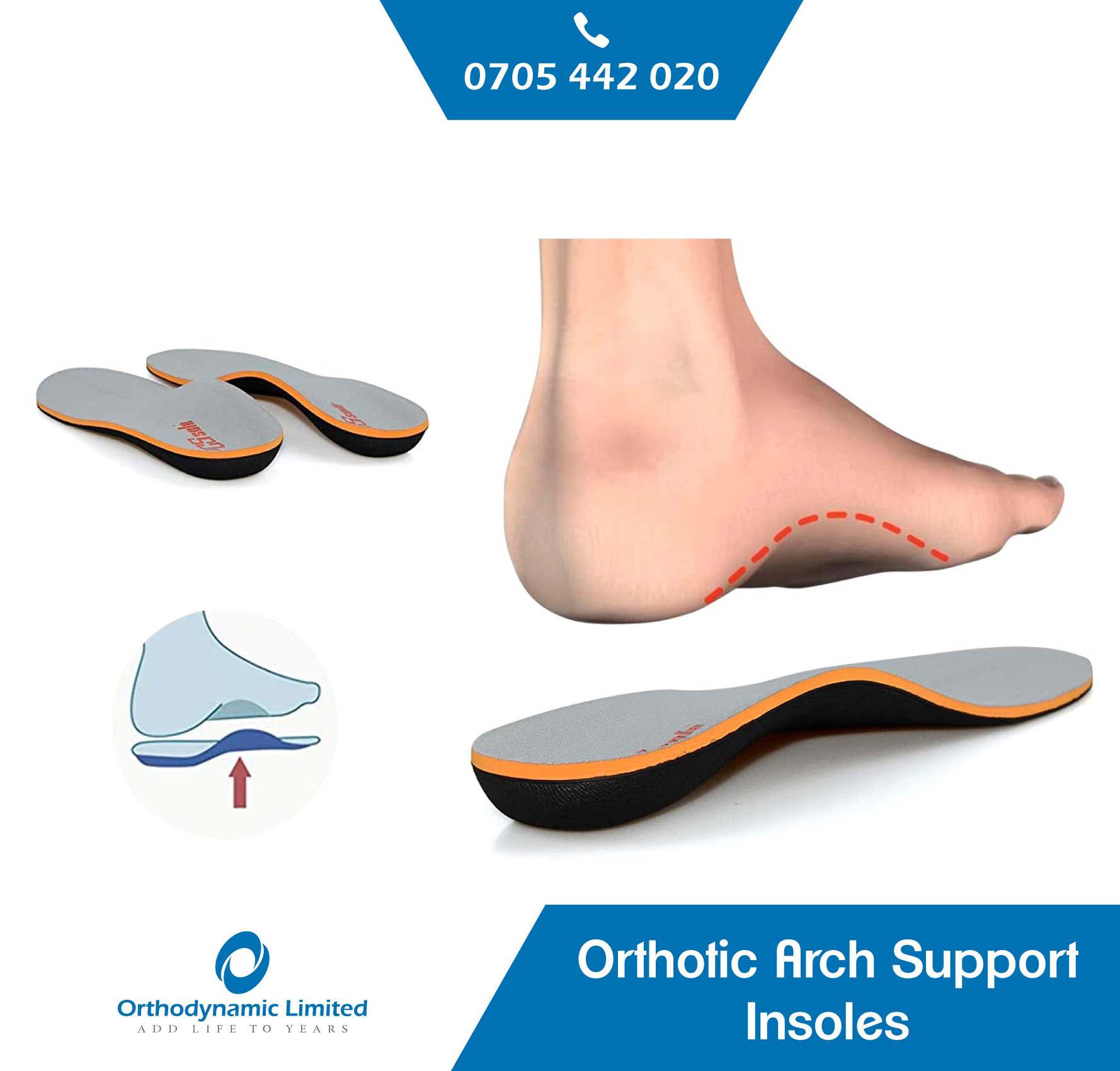CHOOSE PHYSIO
ankylosing spondylitis
Ankylosing spondylitis (AS) is a painful inflammatory rheumatic condition characterised by swelling of structures in the spine. AS typically starts in your 20’s, affecting both men and women. If you have AS, joint stiffness, joint and muscle pain and fatigue are key issues you’ll need to learn to manage.
How do I know if I have ankylosing spondylitis?
You will need to confirm a diagnosis of AS through your doctor or a rheumatologist (a medical specialist in bone, joint and muscle problems). AS only affects a very small proportion of the population, about 0.5 per cent. Both men and women are affected, with the condition being more common among males. There is a familial predisposition to AS, meaning that the risk of developing AS is increased if a relative is affected. A gene called HLA B27 is associated with AS and can be detected in a blood test. You can ask your doctor about this test. Your doctor may suggest x-rays or scans which can also help with making a diagnosis.
The most commonly affected region when you have AS is the sacroiliac joints, where the spine joins onto the pelvis. Sometimes, if the only symptom is recurrent back pain, the diagnosis is missed, especially because AS can start when you are younger (usually in your 20s, but can also start in younger and older people). Often the symptoms come and go, or you have ‘flare ups’.
If you are experiencing stiffness and pain in your spine and other joints and/or tendon pain that is impacting your ability to do your daily activities (work, exercise, sleep), then it is important to see your health professional.
Here are some of the common symptoms:
- pain and stiffness in the lower back, buttocks, mid-back or neck
- pain and stiffness that is often worse at night or after a long period of rest
- pain and stiffness which often improves as you move more
- pain and swelling most often in the larger joints
- tendon pain (for example Achilles tendinopathy and tennis elbow)
- reduced ability to do your usual daily activities
- fatigue or tiredness
- inflammation of the eyes (red eyes), the skin, the lungs and the gastrointestinal tract can also occur
- weight loss
- anaemia
I’ve had pain for three months, if it’s not ankylosing spondylitis what could it be?





